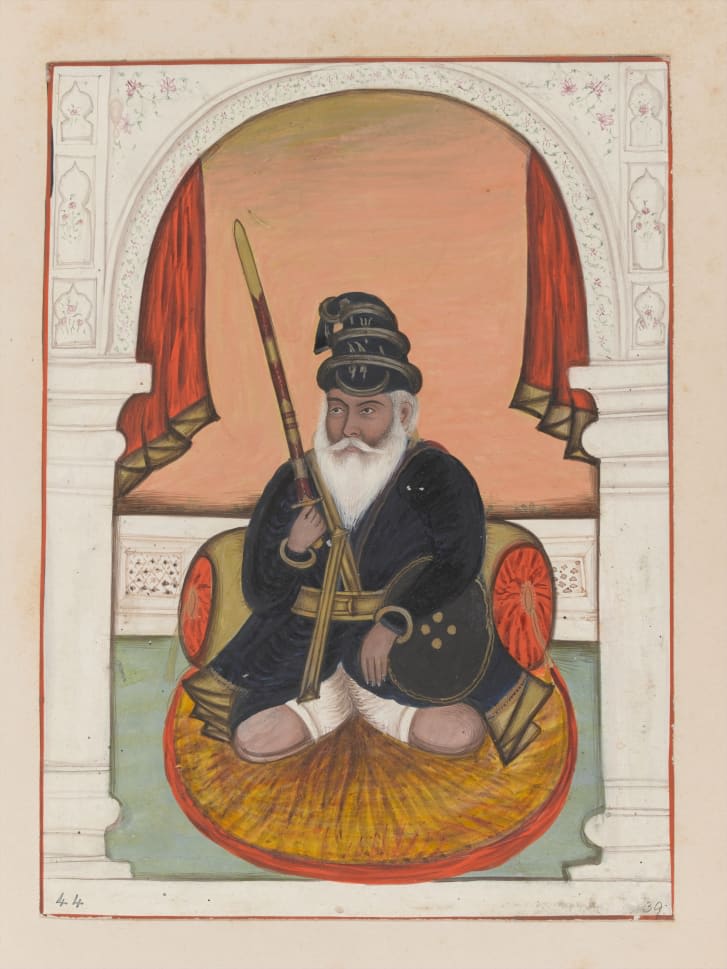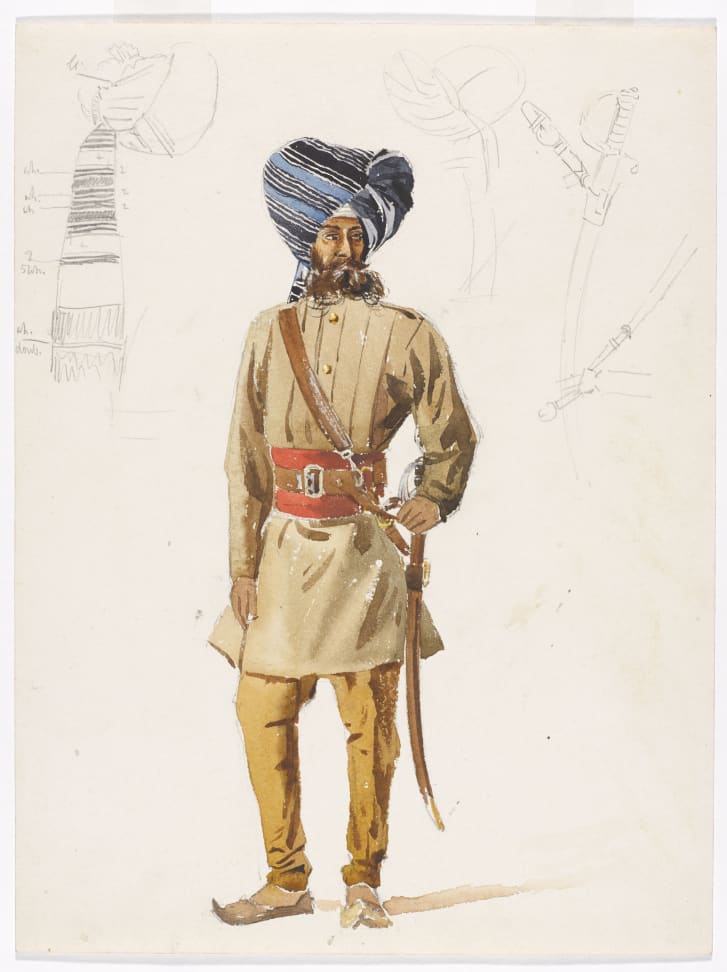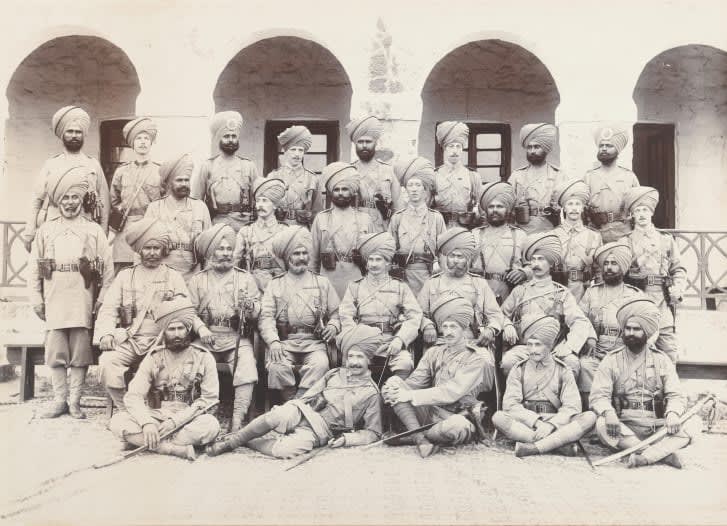دبي، الإمارات العربية المتحدة (CNN) -- عادة ما نرى الشخصيات ترتدي عمائم مختلفة الأحجام والألوان في الصور القديمة أو الكتب والمسلسلات التاريخية، وحتى يومنا هذا قد نرى بعض الأشخاص من الديانة السيخية يرتدون العمائم لغرض ديني.
ولا يعتبر أصل العمائم واضحاً، إذ وُجدت منحوتات تعود إلى بلاد الرافدين من عام 2350 قبل الميلاد ترتدي شيئاً شبيهاً بالعمامات، مما يبرهن أنها تعود إلى زمن ما قبل الديانات الإبراهيمية.
وكان الأشخاص من الحضارات العربية والهندية والأوروبية يرتدون العمامات بأشكالها المختلفة بهدف حماية رؤوسهم من أشعة الشمس أو البرد أو الأمطار، إلا أنه في مناطق أخرى كان المؤمنون بديانة معينة هم فقط من يمكنهم ارتداء العمامات، بينما طلبت مجتمعات أخرى من أشخاص من ديانات مختلفة ارتداء عمامات بألوان معينة للتمييز بينهم.

وكان سكان سوريا ومصر في القرن الثامن يرتدون عمامات زرقاء إذا كانوا من الديانة المسيحية، بينما ارتدى اليهود عمامات صفراء، والأشخاص من الديانة المسلمة عمامات بيضاء.
وفي الهند، وقبل تأسيس الإمبراطورية المغولية في القرن الـ 16، لم يسمح إلا للحاشية الملكية وكبار الشخصيات بارتداء العمائم، إذ كان اللباس رمزاً للمكانة العالية وزُين بريش الطاووس والأحجار الكريمة، كما منعت الديانة الهندوسية الأشخاص من الطبقات الأخرى من ارتداء العمائم.

وتزينت عمائم المغول، بأسلوب تراثي فارسي وعربي، على عكس العمائم الأصغر حجماً، التي كان يرتديها الهنود في السابق.

وغيّر مجيء البريطانيين إلى بنجاب في عام 1845 من طريقة تعريف السيخ لأنفسهم، إذ نال أسلوب السيخ القتالي إعجاب البريطانيين، مما دفعهم إلى توظيفهم في الجيش البريطاني – الهندي، الذي تضمن أيضاً أشخاص من الديانة الهندوسية والمسلمة.
وألزم البريطانيون الجنود بارتداء العمامات، إلا أن الأحجام والأشكال المختلفة للعمائم لم تتناسب مع المستعمرين البريطانيين، لذا قرروا ان يستبدلوا الطبقات الملفوفة طبيعياً بطبقات متناسبة مرتبة أو ما يُعرف الآن بالعمامة النمطية "الكينية".

وبعد الإعلان عن استقلال الهند تغير نمط ارتداء العمائم إذ أصبح السيخ هم من يرتدونها، في حين بات الهندوس والمسلمون يرتدونها أثناء المناسبات، مثل حفلات الزفاف.

وعانى السيخ في بعض الأحيان من التمييز خارج الهند بسبب العمائم إلا أنهم حاربوا هذا التمييز، ووضعوا العمائم لعكس شخصياتهم وكرمز لعقيدتهم.
